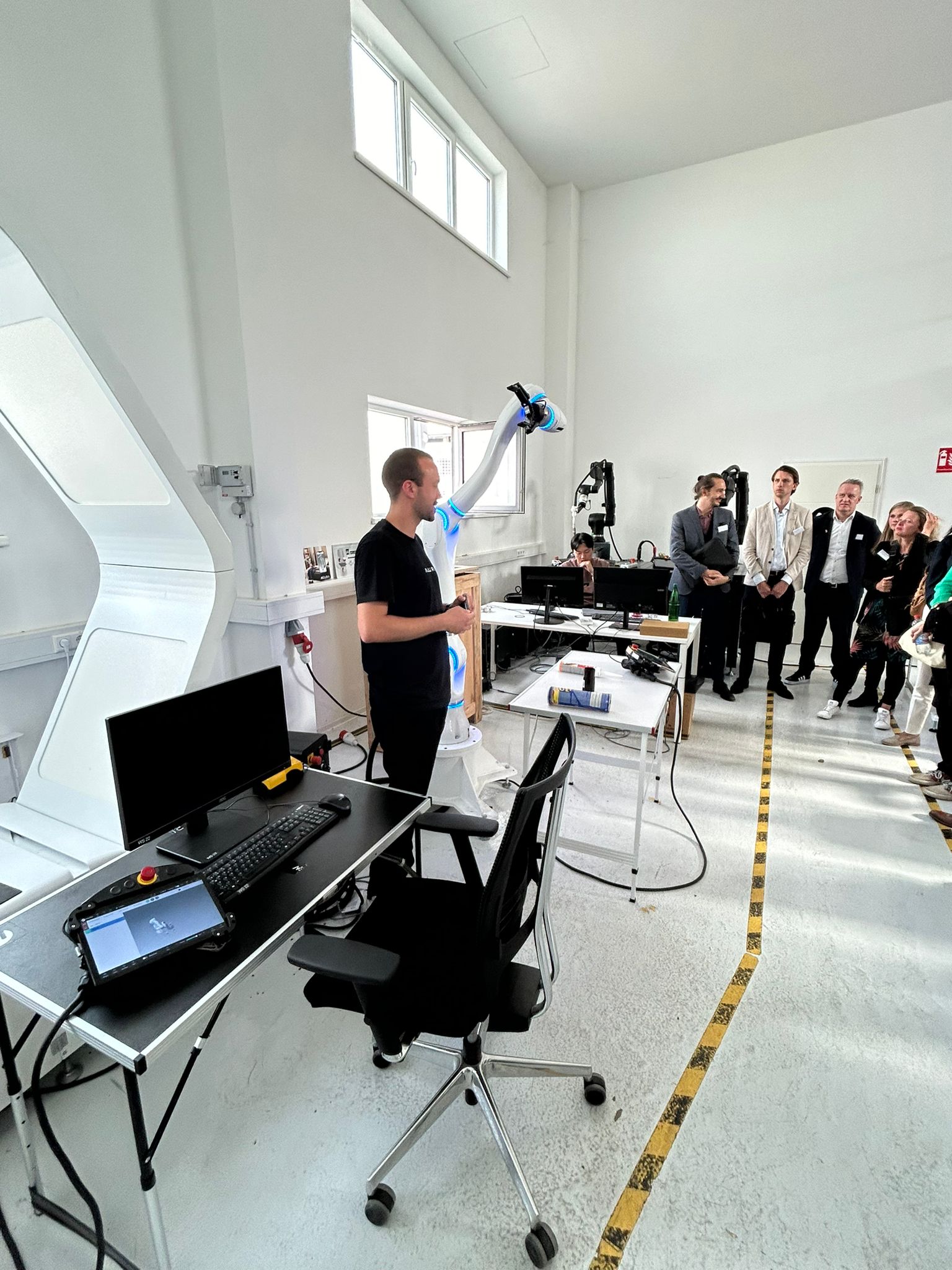This is in line with the practically oriented approach adopted by the NL AIC. From the start, there has also been a focus within the NL AIC on the impact of AI on society, specifically within the Human-Centric AI working group in the form of ELSA Labs and the PACE platform.
Methods with street credibility
Within the PACE platform, there have been several meetings over the past year where various methods were discussed that can help organisations put ethics in AI into practice. From the perspective of the participants in the NL AIC, there is a need to become acquainted with some of these practically useful methods. That is why we looked at methods with a certain street credibility – not methods that are scientifically perfect, but in particular methods that are genuinely used in practice.
That practical angle has also been a leitmotif in the publication ‘Ethics and AI – Seven methods in theory and practice’. It is not an exhaustive overview with a detailed comparison of the methods – it is primarily a description of some interesting ethics-related practices. They differ significantly in various aspects, such as the context in which they are used, what deploying the method requires from an organisation and what results the method produces.
Maurice Groten, programme manager at the Brightlands AI Hub, received a copy at the first national ELSA Labs conference on behalf of all the AI hubs: “Ethics has to play an important role in the implementation of AI. This NL AIC publication with its overview of seven practical methods is going to help us achieve that.”
Case studies show how the methods can be applied
The publication looks successively at seven methods that consider ethics and AI, describing not only the content of each method but also a case study for each of them that one of the working group’s members has written up for the method in question. We conclude with a few recommendations to make clear how we think the methods can best be used.
Purpose of the publication
This publication therefore deliberately aims not to describe one method as better than another, but instead to provide an understanding of the pros and cons, based on the idea that several methods can be used side by side within a single organisation, or even applied to the same case. There are also references to contacts and/or websites for more information.
Interested?
You can download the publication here or read more about the subject of ethics and the PACE platform here. If you would like to know more, please contact Edwin Borst or Náhani Oosterwijk, coordinator van de Human-Centric AI working group.






